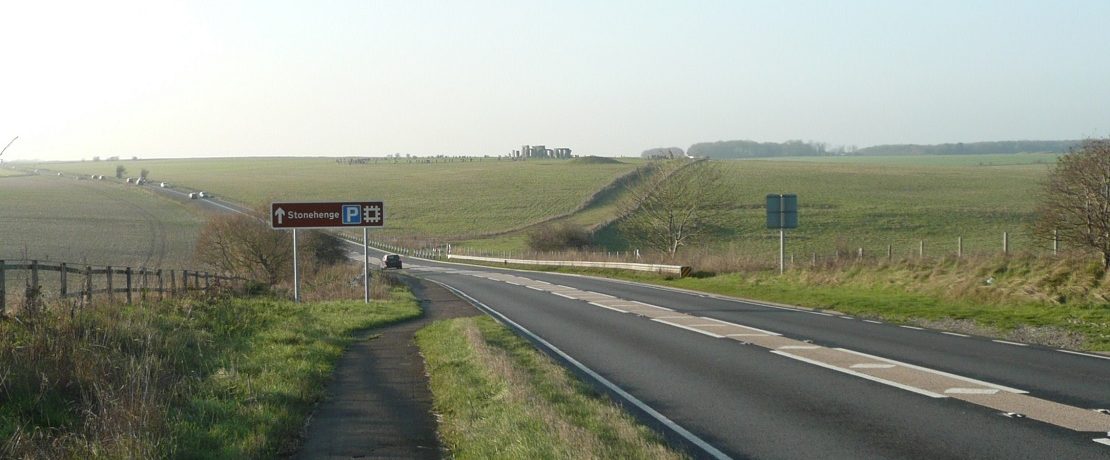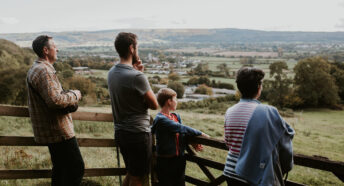The High Court challenge to the Stonehenge tunnel
The controversial A303 Amesbury to Berwick Down improvement scheme, including a tunnel past Stonehenge, will be subject of a judicial review to be held from 23–25 June this year. Kate Fielden explains why CPRE is lending support to campaigners against the scheme.
The new four-lane ‘expressway’, some 13km (eight miles) long, would cross the unique 5.4.km-wide archaeological landscape of the Stonehenge World Heritage Site (WHS). Deep cuttings would be gouged down to the portals of c.3km-long twin-bored tunnels, and massive interchanges would be constructed on the WHS boundaries.
Travellers’ familiar view of the stones from the road would be lost. The proposals would have a devastating impact on the WHS described at designation in 1986 as ‘a landscape without parallel’ for its extraordinary concentration of Neolithic and Bronze Age monuments and sites.
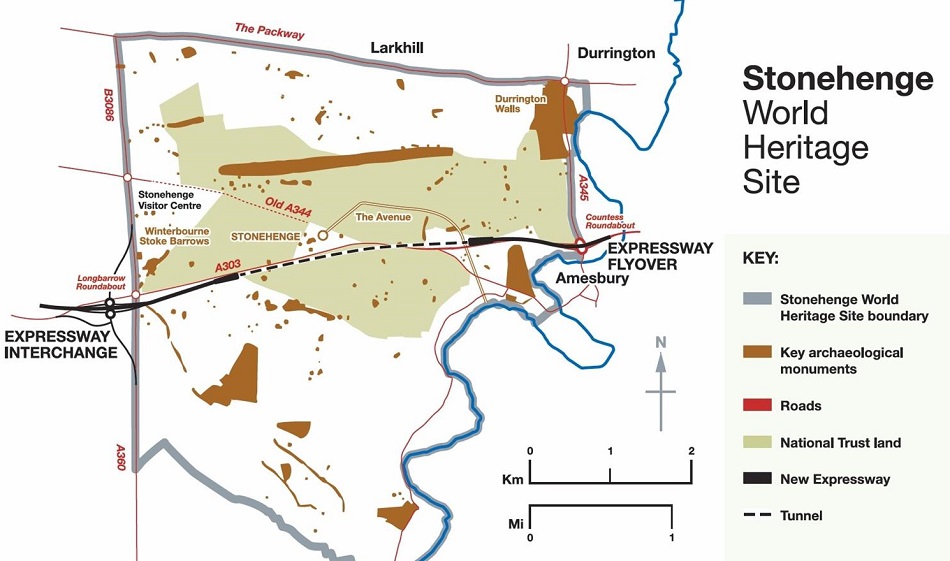
The plan is one of eight schemes intended to dual the A303/A358/A30 corridor with the intention of improving journey times and the economy of the South West. Three have been brought forward to date: one (A358 Taunton to Southfields) awaits consultation; while the other two (A303 Stonehenge and Sparkford-Ilchester), have been given the transport secretary’s approval despite recommendation for refusal by the Planning Inspectorate.
Savings in journey times would not occur unless all eight schemes were completed; while CPRE’s research has shown that building faster roads rarely brings economic benefits to a region. Furthermore, the scheme will cost far more to build that it can ever hope to generate in benefits, and only does so in Highways England’s calculations with the use of a discredited ‘heritage valuation survey’.
CPRE is a supporter organisation of the Stonehenge Alliance, a campaign group of five NGOs and concerned individuals originally formed to oppose an earlier Stonehenge tunnel scheme. That project was scrapped in 2007 owing to cost and the difficulty of tunnelling through soft chalk with an unpredictable water table. The ground conditions haven’t changed but the cost has inevitably risen – to around £2bn.
The Stonehenge Alliance has campaigned vigorously against the current scheme, a ‘Nationally Significant Infrastructure Project’, since its announcement in December 2014. Its petition to government ministers has over 200,000 signatories from all over the world.
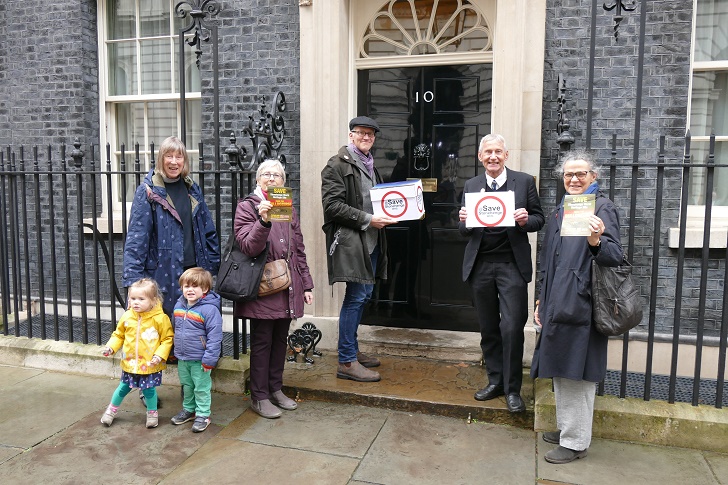
The Alliance participated in the formal examination of the scheme from April until October 2019. Specialist evidence was presented on a wide range of issues, including transport, heritage, landscape, hydrogeology, vibration, tranquillity and the natural environment.
Published in November alongside the secretary of state’s decision to approve the scheme, the examining authority’s report (by a panel of five senior planning inspectors) recommended refusal, finding that:
“The effects of the proposed development on WHS outstanding universal value and the historic environment as a whole would be significantly adverse. Irreversible harm would occur, affecting the criteria for which the Stonehenge, Avebury and Associated World Heritage Site was inscribed on the World Heritage List.”
Concerning the proposed cutting to the tunnel from the new junction at the western WHS boundary, the panel found:
“The overall assembly of monuments, sites, and landscape would suffer major harm through the excavation of a deep wide slot in its midst. Although attempts have been made to mitigate its visual effects from the far and middle distance, its presence would represent a fundamental physical change of a scale not previously experienced.”
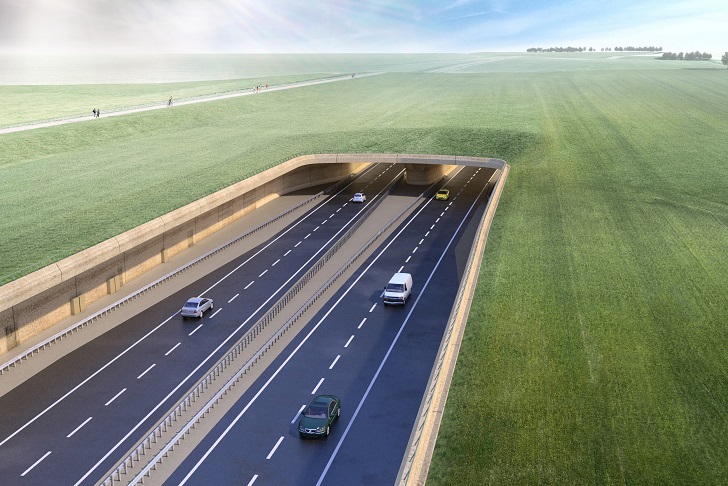
Describing the proposed new junction on the western edge of the WHS, the panel said:
“The proposed development photomontages, generally taken from the far and middle distance, show the junction largely absorbed into the landscape. However, the junction would be of motorway scale, involving substantial earthworks.
“Seen from above, as the Stonehenge landscape was for the first time in the early twentieth century leading to the discovery of many features and enhanced appreciation of its interconnected significance, the junction would, in the view of the examining authority, dwarf all other individual features, including the stones.”
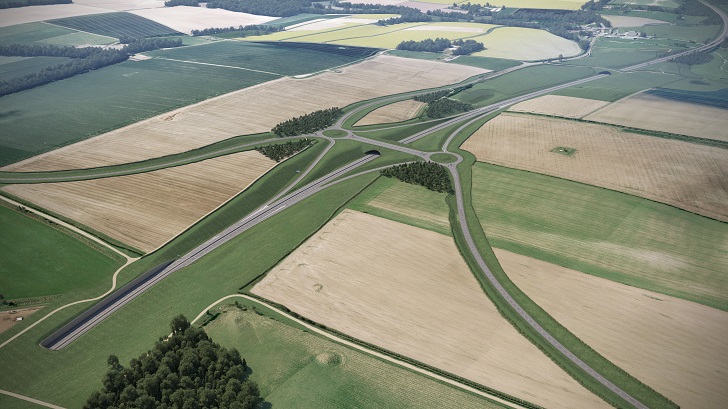
A summary of the scheme’s impacts on the WHS found by the examining authority can be seen here, along with images of Highways England’s proposals.
The government’s disregard of the findings of experts appointed to examine all aspects of the scheme confirms a worrying trend for UK World Heritage Sites, on which the culture secretary has remained conspicuously silent. Only this March, the secretary of state declined to call-in the Everton FC Stadium application, a move likely to result in the first UK deletion from the World Heritage List: that of the Liverpool Maritime Mercantile City WHS, already classified as ‘in danger’ by UNESCO owing to unsuitable development proposals.
Other UK World Heritage Sites are seriously threatened by tourism initiatives (the Lake District), and neglect (the Palace of Westminster). UNESCO’s World Heritage Committee has, not surprisingly, repeatedly warned against the A303 Stonehenge scheme: could this be the next UK WHS to be de-listed?
The judicial review in June may be instrumental in answering that question. A group of individual supporters of the Stonehenge Alliance has formed a limited company, Save Stonehenge WHS, to challenge the transport secretary’s decision. The five grounds of the case, listed in a February 2021 press release, relate to whether the heritage impacts of the scheme were correctly assessed; whether the transport secretary was adequately advised by Historic England; and whether World Heritage Convention obligations have been met.
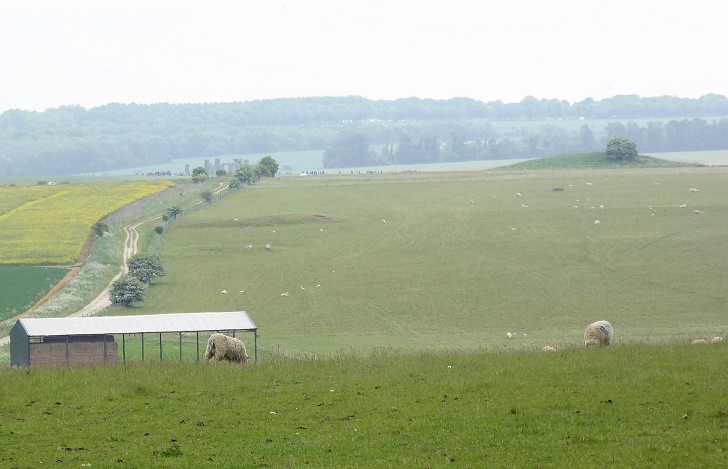
Legal action is expensive. A CrowdJustice crowdfunder website has been set up to raise the funds needed. Owing to the complicated nature of the case, the target figure, not yet reached, is £80,000. There could be even further costs, should an appeal be necessary.
The Stonehenge tunnel scheme is a supreme example of two serious problems facing us today. CPRE campaigners not only recognize the need to reduce road traffic carbon emissions contributing to climate change but also fully understand that preservation of our heritage is crucial to our sense of place and who we are, our continuity with the past.
Our government is losing credibility on climate change and heritage conservation. The resulting loss to us and succeeding generations is incalculable.
Kate Fielden
CPRE Wiltshire trustee and hon secretary to the Stonehenge Alliance
